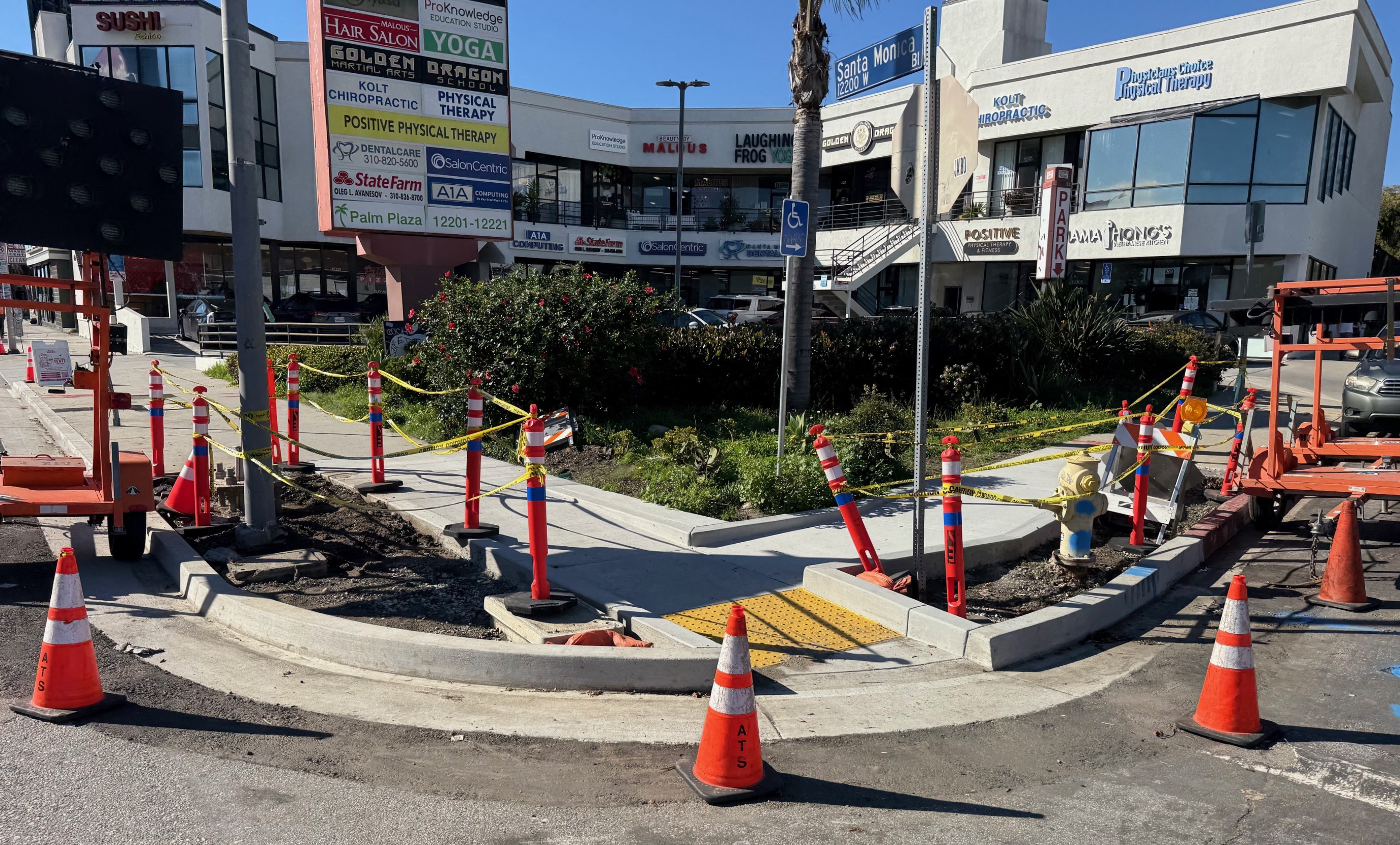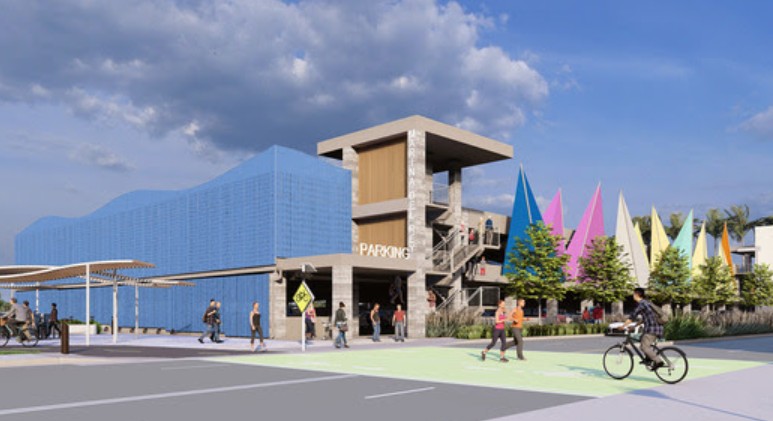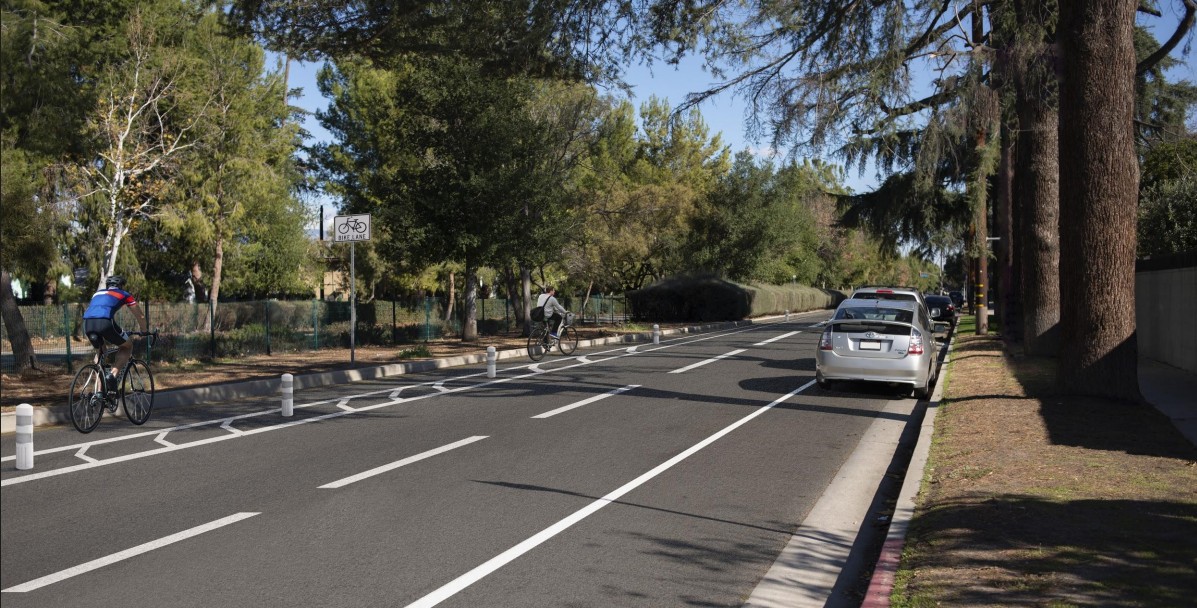When Don White was young, his dad would drive him from the Boston area to Blue Hill, Maine up coastal Route 1. “In those days,” he reminisces, “the road wound through little, small towns. And some of that has been bypassed.”
The bypasses have been “hugely controversial, hugely disruptive, hugely expensive,” according to Kate Beaudoin, Chief of Planning for Maine DOT. She worked with local residents like White on a new corridor action plan to keep the small-town quality intact among the communities along Route 1.
It’s not just for nostalgia. Allowing Route 1 to be overwhelmed by traffic and sprawl would be detrimental to the tourism economy and the local culture. So a steering committee, made up of representatives from each of the 20 communities along a 100-mile stretch of the corridor, developed a plan to reduce traffic congestion.
The plan was recognized by the EPA yesterday as one of five winners of the agency's annual awards for "Smart Growth Achievement." It’s the first time the EPA has presented an award in the category of Rural Smart Growth.
The Gateway 1 Corridor Action Plan aims to preserve rural lands and habitat. Planners are kicking off a transit study to establish public transportation, and they’re integrating on- and off-street bike paths, according to lead planner Stacy Benjamin.
She notes that they used an open, collaborative process to get buy-in from the adjacent towns. But, she says, it wasn’t easy.
“It is a challenge to talk to people about land use regulation in Maine,” Benjamin said. “Some of the towns in the corridor don’t even have basic zoning."
Sixteen of the communities have agreed to amend their local plans and ordinances to embrace the Gateway 1 plan.
It may not be a big surprise that New York, San Francisco and Portland were also recognized by the EPA for their smart growth initiatives. Their contributions to urban planning are well documented and highly touted, including on our pages. It was satisfying to see Baltimore, a not-so-usual suspect, win for “Smart Growth and Green Building.” But rural places like mid-coast Maine don’t often get singled out for praise on “urban” design, and the inclusion of the Gateway 1 plan was significant.
Now is a key time for advocates to sharpen their arguments about how rural areas and small towns benefit from smart growth principles. With a Republican majority taking control in the House, many of whom represent rural areas, they'll need to be shown a vision of livability that they can relate to. As we've mentioned before, some House Republican leaders have made it clear that the way urbanists talk about "livability" doesn't resonate with them.
The story of Maine's award-winning corridor plan can help rural representatives understand that their interests align with smart growth too.







